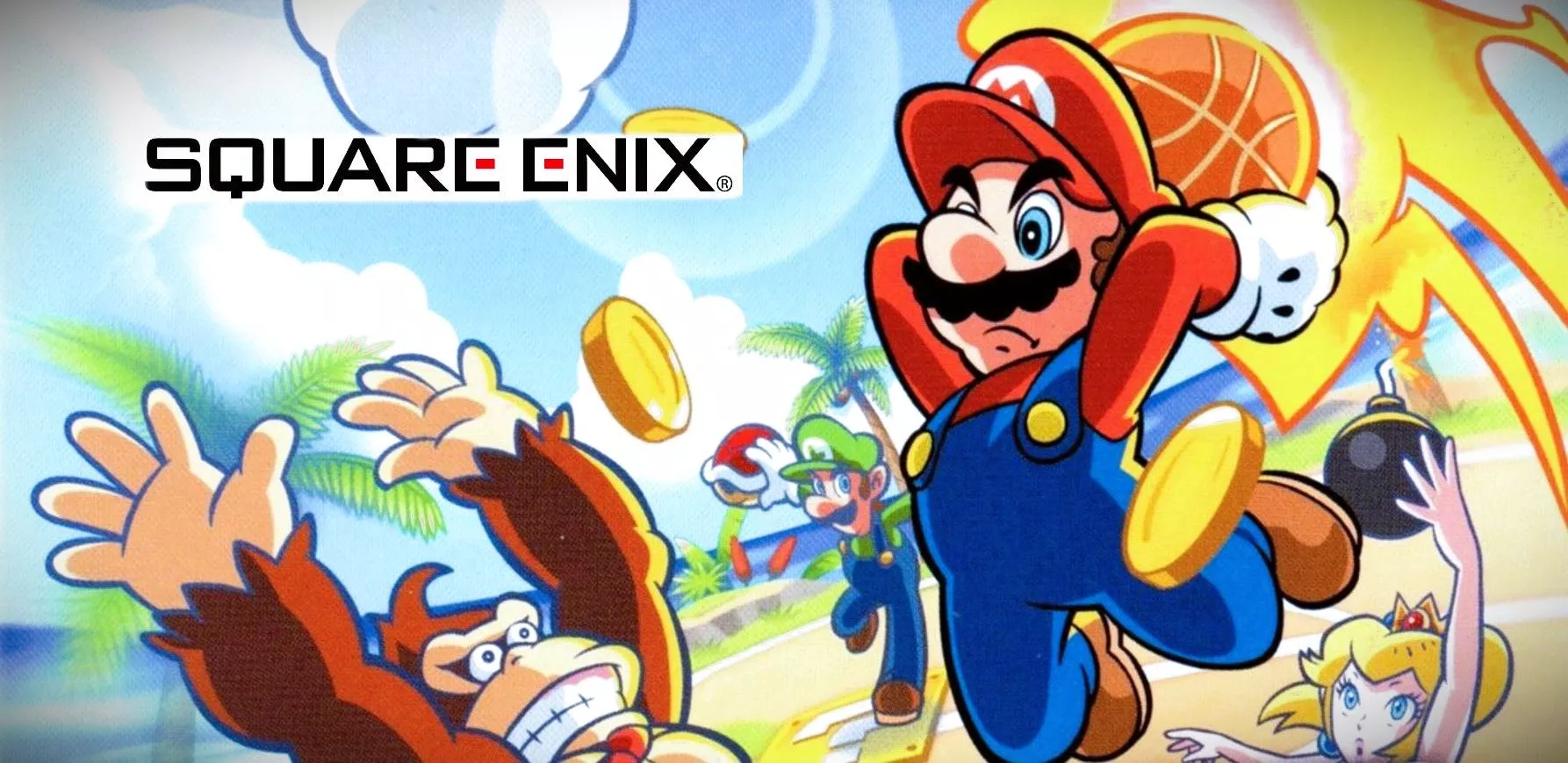The video game industry is home to numerous developers and companies, each striving to create a game that leaves a lasting impact or generates even a modest amount of revenue. Yet, within this vast landscape, only a select few companies rise to become truly renowned, forever altering the industry through the release of multiple multi-million dollar titles. However, even these well-known studios sometimes produce games that are ultimately forgotten by both time and gamers.
For instance, many people are unaware that prior to achieving immense success with Dark Souls, FromSoftware developed a light-hearted mech game called Metal Wolf Chaos. Similarly, BioWare, despite their fame, created an unconventional blend of third-person and first-person shooter elements in the trippy MDK2. Regrettably, these games have faded from the collective memory of the general gaming populace, and not even the popularity of their respective developers could prevent their fate.
Whether it’s Sonic-themed role-playing games or misguided shooters centered around the Vietnam War, there exist numerous notable examples of games from renowned developers that have become lost in the annals of time.
Blackthorne (Blizzard Entertainment)
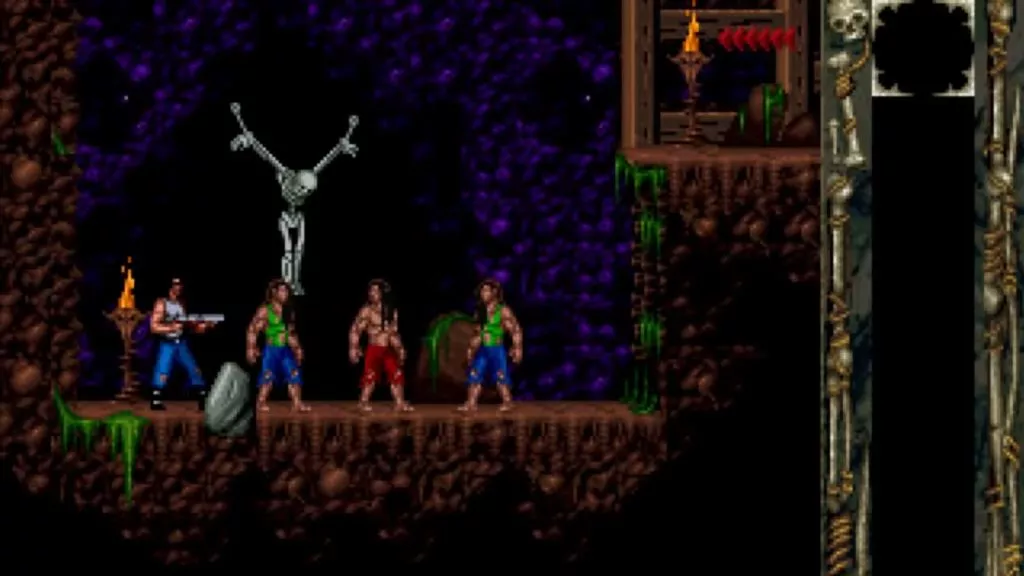
Before establishing itself as a dominant force in PC gaming, Blizzard Entertainment had a history of creating platforming titles. While The Lost Vikings, one of their prominent pre-Warcraft properties, still enjoys recognition today, another gem from that era, Blackthorne, has largely faded into obscurity, despite its arguable superiority.
Blackthorne presents players with a deliberate and methodical platforming experience, pitting them against hordes of orcs that are unrelated to Warcraft’s iconic Orcish Horde. Imagine the original Prince of Persia, but instead of wielding a scimitar, the protagonist, Kyle Blackthorne, brandishes a bottomless full-auto shotgun. Notably, Blackthorne boasts impressive graphics for its time, featuring visually appealing cutscenes that convey a rudimentary narrative.
Interestingly, there were whispers that Blizzard intended to include Kyle Blackthorne as a playable character in Heroes of the Storm, but that aspiration met its demise when the game was discontinued in July 2022. Sadly, this dashed the hopes of fans who had eagerly anticipated the chance to control the iconic character in Blizzard’s crossover multiplayer experience.
Sonic Chronicles The Dark Brotherhood (Bioware)
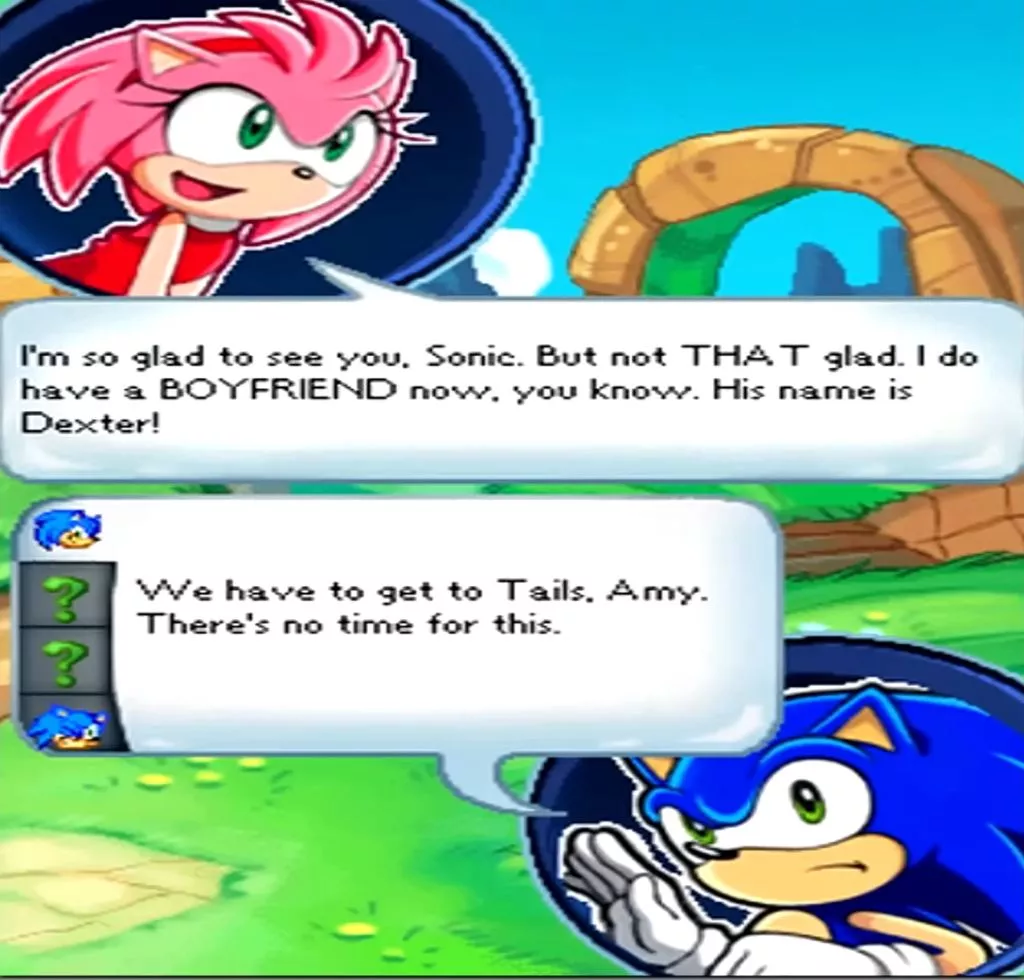
Sonic Chronicles: The Dark Brotherhood, developed for the Nintendo DS, stands as the sole RPG entry in the Sonic franchise, but it’s a title that falls short for a variety of reasons.
The game’s rushed development cycle is evident, as it lacks the polish typically associated with BioWare’s work. This deficiency is exacerbated by its heavy reliance on the DS’ touchscreen, which further hampers the overall experience. Moreover, Sonic Chronicles disappoints in terms of its narrative, offering a barebones story that concludes on a frustrating cliffhanger, a departure from BioWare’s usually high standards.
Adding insult to injury, the game’s soundtrack consists predominantly of cacophonous and grating MIDI tracks, leaving players longing for a more enjoyable auditory experience. While Sonic Chronicles: The Dark Brotherhood remains largely unknown to many gamers, those who have encountered it are often left wishing they hadn’t.
Lost Kingdoms 1 and 2 (FromSoftware)
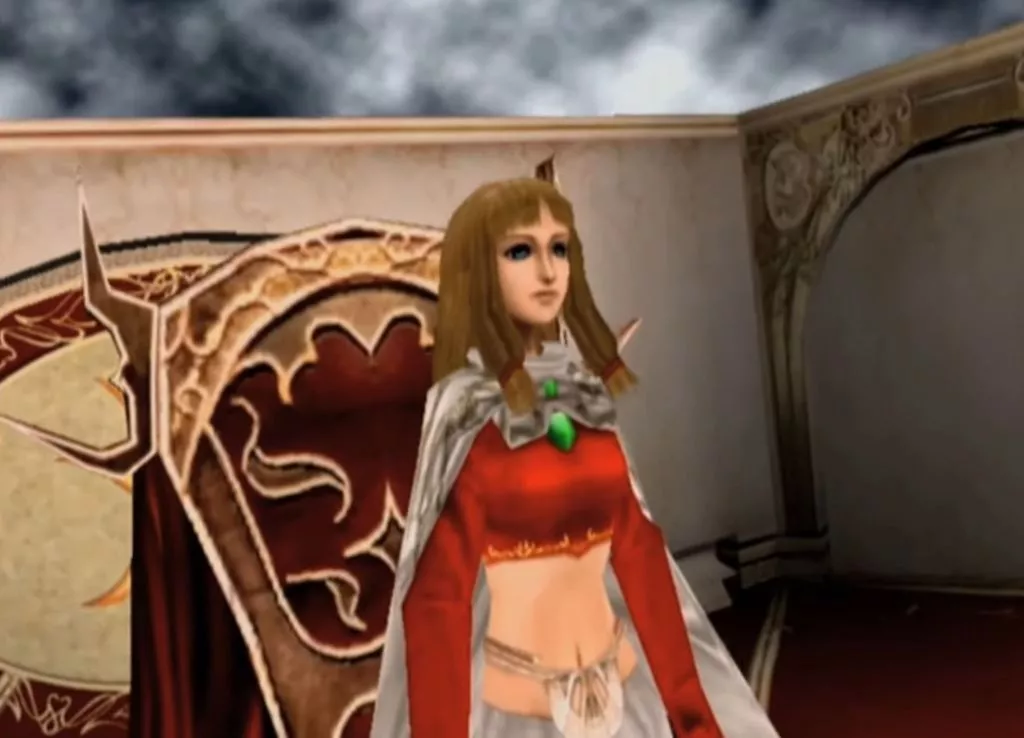
Prior to the development of Dark Souls, FromSoftware was predominantly recognized for their work on the Armored Core series. However, the studio’s ventures outside of these major franchises have often been characterized by experimental approaches.
Amongst their diverse repertoire, Lost Kingdoms 1 and 2 stand out as significant departures for FromSoftware. These action RPGs introduced a gameplay mechanic where players utilized cards to engage in battles against monsters. Notably, unlike other card-based games, the combat in Lost Kingdoms unfolded in real-time. Players had to strategically employ cards to attack or summon creatures while remaining agile to evade the onslaught of enemy attacks.
Although the Lost Kingdom games unquestionably offered a unique experience, they failed to captivate audiences to a significant extent. Nonetheless, should FromSoftware ever choose to revisit the franchise, the company could potentially refine the formula and perfect the blend of card-based mechanics and real-time combat, potentially garnering a more favorable response from players.
Space Station Silicon Valley (DMA Designs/Rockstar Games)
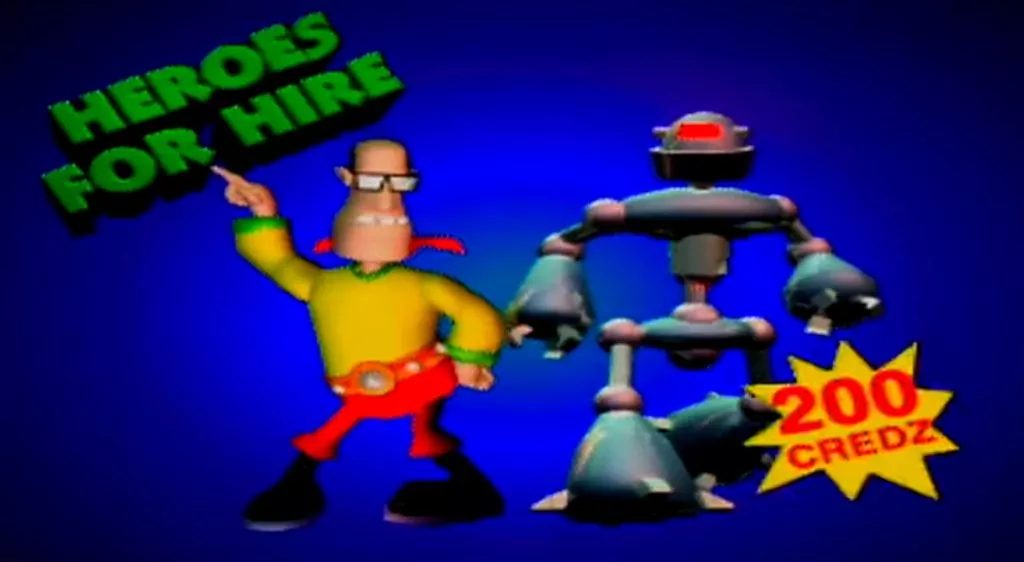
During its time as DMA Designs, Rockstar Games primarily focused on developing games targeted at younger audiences, and among those titles, Space Station Silicon Valley for the N64 stands out as a particularly fascinating one.
In this game, players assume control of a robot’s brain chip, which possesses the ability to take over various robot animals scattered throughout the space station. These animal abilities are essential for solving puzzles within each level. To complete objectives, players must not only utilize different animal powers but also think creatively to transport specific animals to the required locations.
While Space Station Silicon Valley undeniably showcases creativity, it also reflects the design trends of its era, which may appear rough by modern standards. The game lacks checkpoints or lives, placing a greater emphasis on trial and error. These factors contribute to the game’s relative obscurity, as many gamers have moved on and forgotten about this unique title.
Whiplash (Crystal Dynamics)
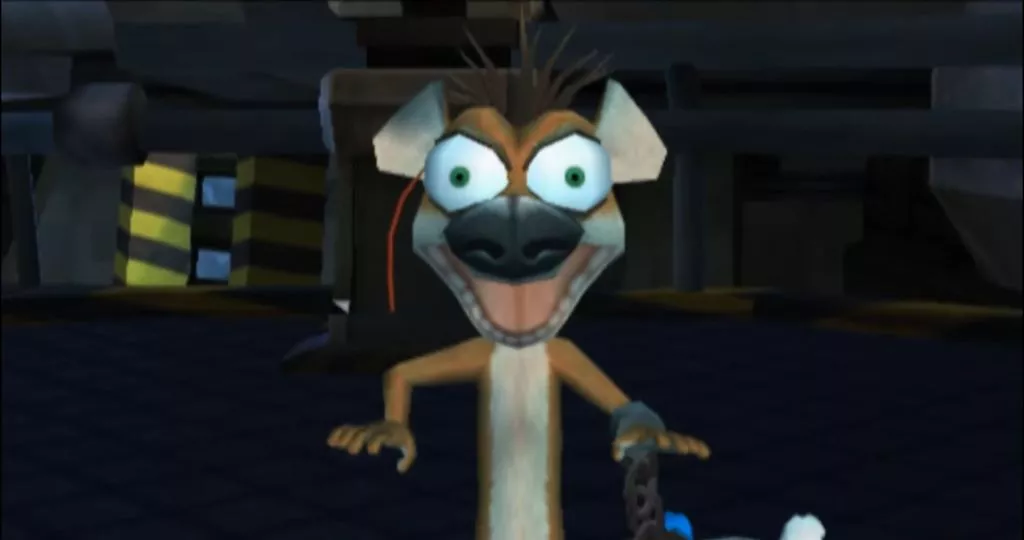
Crystal Dynamics, prior to their involvement in the modern Tomb Raider series, developed a range of notable titles, some of which became miniature franchises. However, the studio also delved into creating unique standalone titles, and among them, the 2003 platformer Whiplash stands out as their most obscure endeavor.
Whiplash presents players with a mixed message. The game revolves around controlling a weasel attempting to escape from an animal testing laboratory, all while wreaking havoc by destroying equipment and freeing fellow imprisoned animals. However, to accomplish these objectives, players must utilize a rabbit that is chained to the weasel. This reluctant companion serves as Whiplash’s primary weapon, grappling hook, and essential tool for exploration.
The gameplay of Whiplash is filled with chaos, and its humor often takes on a crude nature. Yet, these qualities blend together to create an enjoyable experience, much like the unlikely protagonists themselves. It remains perplexing how the game fell into obscurity, as it offers a unique and memorable gameplay concept that captivates players.
Freedom Fighters (IO Interactive)
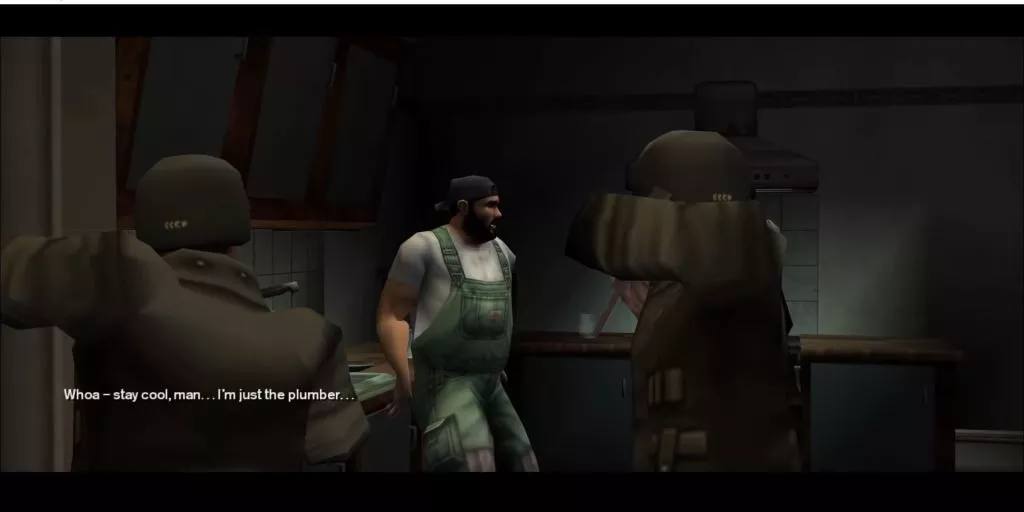
IO Interactive is primarily renowned for their acclaimed Hitman series, but the studio has ventured into other projects with varying degrees of success.
One noteworthy non-Hitman title from IO Interactive is Freedom Fighters. Set in an alternate history version of New York City where the Soviet Union has invaded, players assume the role of a leader commanding a squad of freedom fighters. The game offers snappy and responsive gunplay, but its standout feature lies in the AI-controlled partners who display impressive intelligence and competence. As players complete objectives, they earn Charisma Points, allowing them to expand their team from a small group of rebels to a formidable legion of dedicated soldiers.
While only a limited number of players recall Freedom Fighters, those who do often hold fond memories of the game. However, the overwhelming success and demand for the Hitman franchise understandably shifted IO Interactive’s focus, making it the studio’s top priority.
Rocket: Robot on Wheels (Sucker Punch Productions)
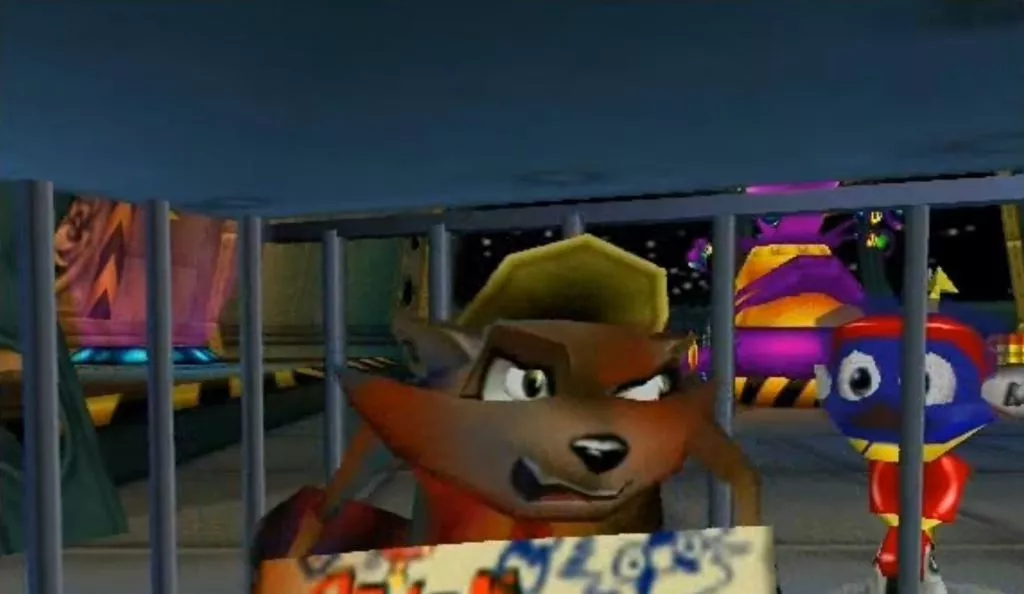
Every game studio has its humble beginnings, and for Sucker Punch Productions, that starting point wasn’t the well-known Sly Cooper and the Thievius Raccoonus, but rather the more obscure title, Rocket: Robot on Wheels.
The name “Rocket: Robot on Wheels” perfectly encapsulates the game’s premise: players assume control of a robot named Rocket, whose legs are wheels. As a mascot platformer, Rocket: Robot on Wheels may not stand out significantly in terms of aesthetics, but the true delight lies in the enjoyable control scheme of the titular character. Additionally, each level of the game presents players with a diverse range of puzzles that test both new and familiar skills.
While it’s true that the popularity of the Sly Cooper franchise overshadowed Rocket: Robot on Wheels, the game served as an important stepping stone for Sucker Punch, laying the groundwork for their future projects. Without the existence of Rocket, Sucker Punch Productions would not have evolved into the studio we recognize today.
Hybrid Heaven (Konami)
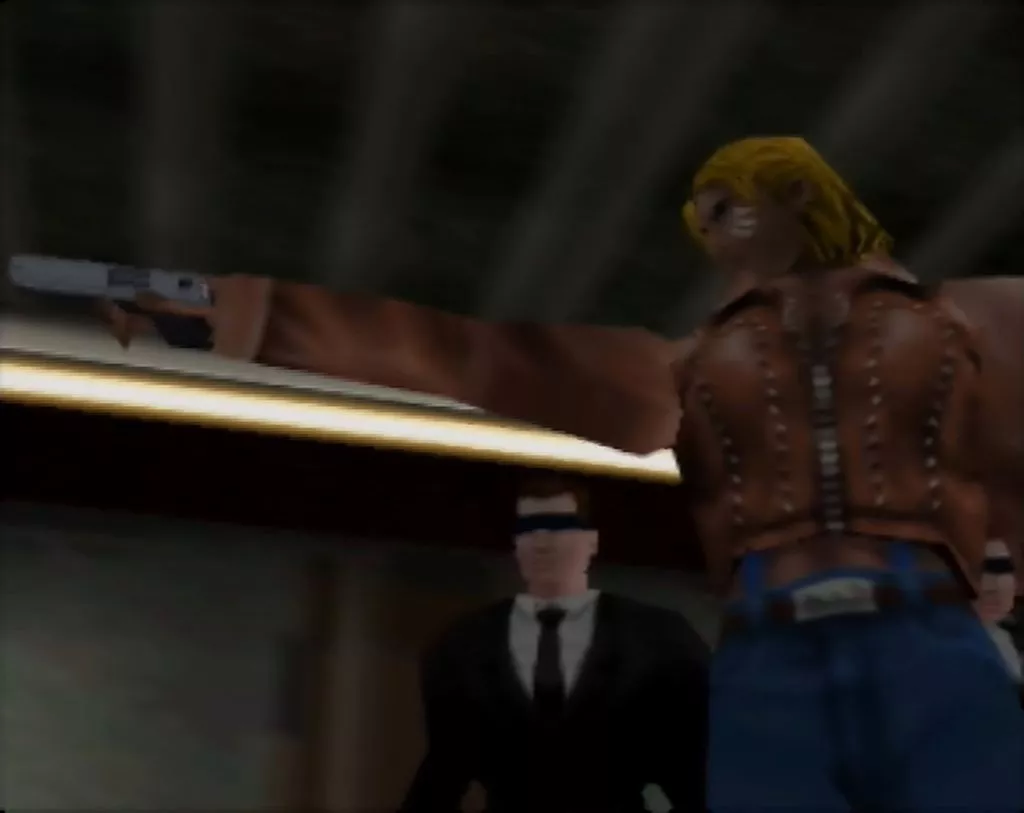
Konami, although currently more infamous than famous, experienced a period of immense success during the late 90s and early 2000s with acclaimed titles like Silent Hill and Metal Gear Solid. However, not every Konami game reached the same level of excellence.
Hybrid Heaven holds the distinction of possibly having the most fitting title in video game history. In this game, players confront malevolent humanoid creatures, which are hybrids of alien and human DNA, by assuming the role of a renegade human hybrid. How is this accomplished? Through a unique blend of action RPG, third-person shooting, and turn-based wrestling combat, resulting in a truly hybrid combat system.
Undeniably ambitious, Hybrid Heaven packed numerous mechanics into a Nintendo 64 cartridge, accompanied by voiced cutscenes and widescreen support. However, despite its lofty aspirations, the game fell short of its own hype, stumbling over its most promising ideas and failing to captivate a substantial audience of gamers.
Edge of Nowhere (Insomniac Games)
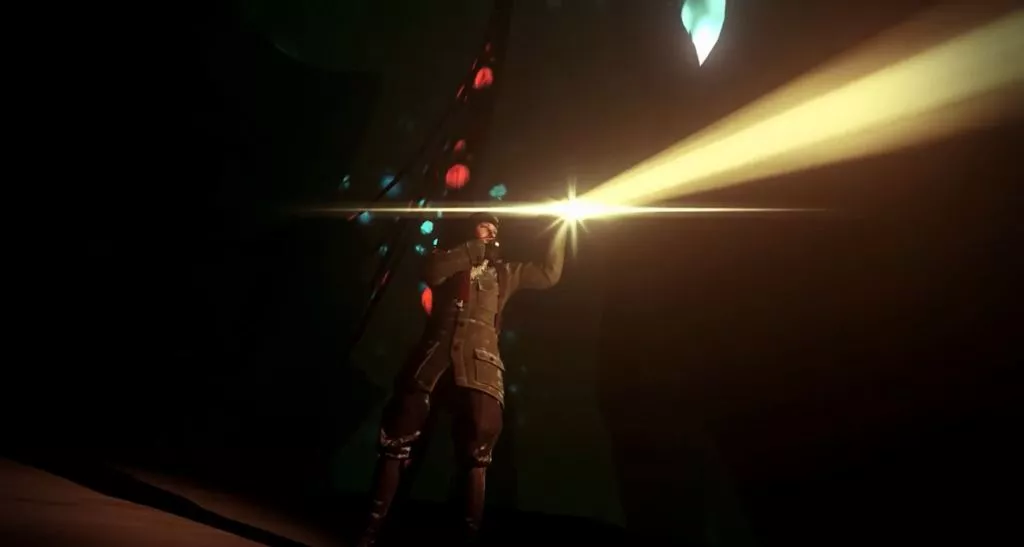
Following the success of Sunset Overdrive, Insomniac Games decided to embark on an experimental journey. The studio delved into the realm of psychological horror and took inspiration from the works of H.P. Lovecraft, resulting in a captivating VR title.
In Edge of Nowhere, players assume the role of Victor Howard, the game’s protagonist, as he embarks on a treacherous expedition to Antarctica in search of his missing wife. However, a plane crash alters the course of events, plunging both Victor and the player into a realm reminiscent of Lovecraft’s chilling tale, At the Mountains of Madness. Within this realm, they encounter Lovecraftian horrors, crumbling ruins, and haunting hallucinations that blur the lines of reality, leaving them questioning their own sanity.
Unlike most of Insomniac Games’ previous titles, Edge of Nowhere was specifically designed for the Oculus Rift, making effective use of virtual reality technology. As players explore the game world, they have the opportunity to immerse themselves in the atmospheric setting and witness the game’s impressive sense of scale. The sheer terror of turning one’s head only to witness a mountain shift before their eyes is a prime example of the spine-chilling experiences that await in Edge of Nowhere.
Mario Hoops 3-on-3 (Square Enix)
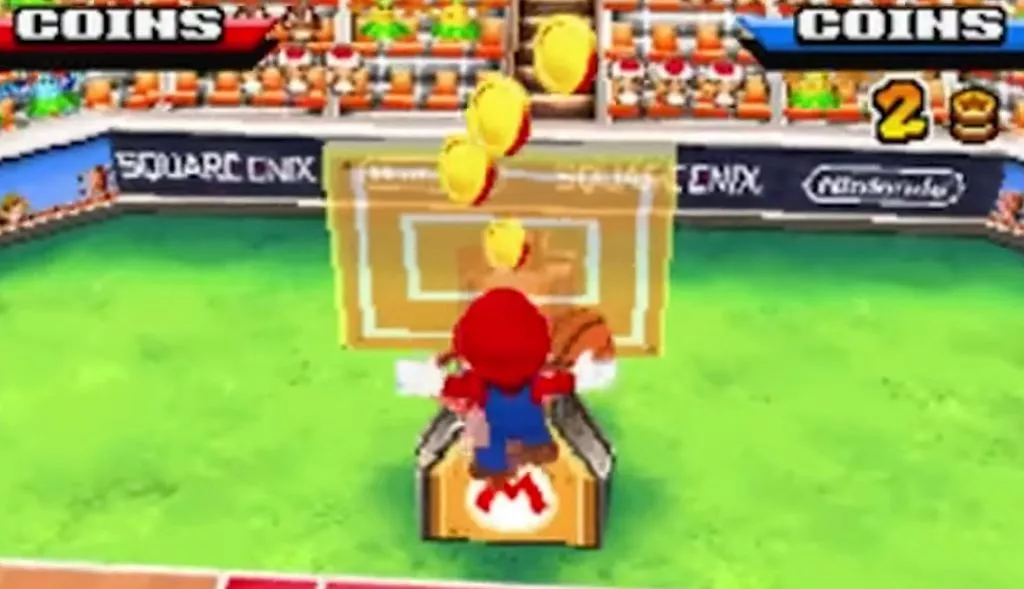
Many gaming enthusiasts are aware of the collaborative efforts between Nintendo and Square Enix (formerly Squaresoft) that brought us the beloved Super Mario RPG. However, it may surprise you to learn that these two companies also joined forces to create another exciting game: Mario Hoops 3-on-3.
True to its name, Mario Hoops 3-on-3 is a basketball game that revolves around teams of three players. This squad-based sports title allows gamers to dribble the ball in exchange for coins, execute impressive trick shots, utilize various items, and select from a diverse roster of both iconic Mario characters and classic Final Fantasy class archetypes and monsters. While accurate shooting plays a vital role in scoring points, the game introduces a unique risk-versus-reward element by rewarding teams with more points based on the number of coins they possess when the ball is sunk.
Originally designed for the Nintendo DS and featuring touch-centric controls, Mario Hoops 3-on-3 may pose a slight learning curve at first. However, with time, players can easily become adept at navigating its mechanics and enjoy the game to its fullest.
Shellshock: ‘Nam 67 (Guerilla Games)
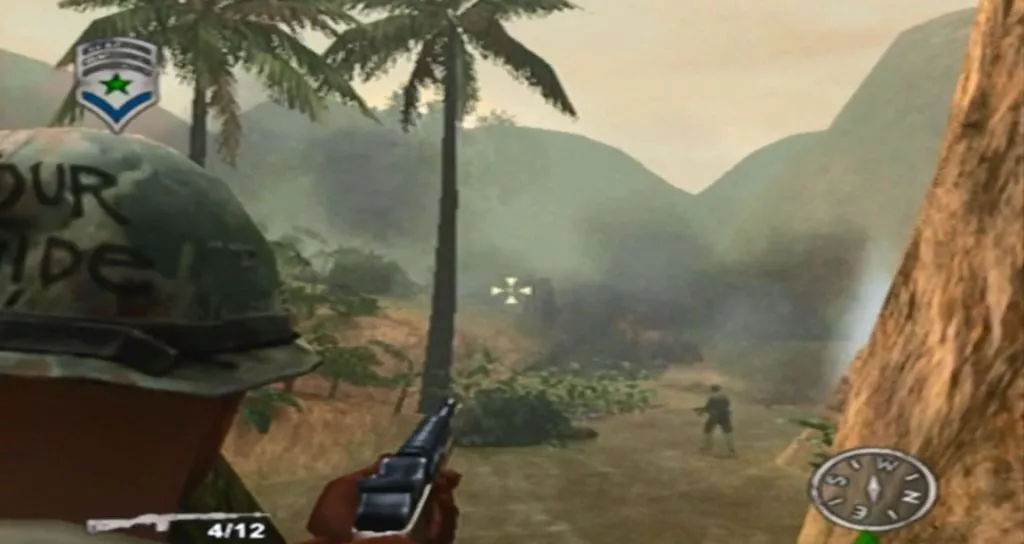
Prior to their groundbreaking Horizon series, Guerilla Games was primarily recognized for their mixed reception Killzone franchise. However, the studio’s initial foray into the gaming world, Shellshock: ‘Nam 67, fell short of expectations.
Set during the Vietnam War in 1967, Shellshock attempts to portray the brutal reality of the conflict. Regrettably, that is where the game’s commendations end. Guerilla Games’ lack of experience is evident, with imprecise shooting controls and a convoluted storyline that leaves players bewildered. Furthermore, the missions quickly devolve into repetitive tasks, lacking variety and excitement.
In essence, Shellshock: ‘Nam 67 is an unpolished and uninspiring title that easily blends in with the multitude of military shooters of its time. However, it is worth noting that without this initial misstep, Guerilla Games may not have learned from their mistakes and gone on to create masterpieces like Horizon Zero Dawn.
Hellnight (Atlus)
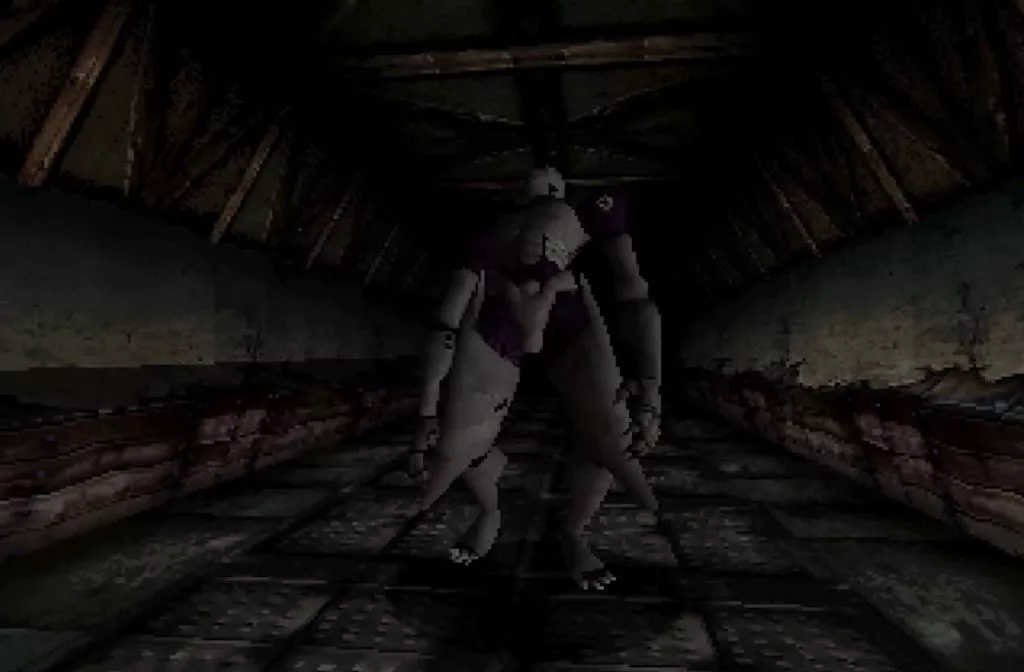
Following the success of Capcom’s Resident Evil, numerous companies endeavored to capture the essence of the emerging genre known as “survival horror.” Among them, Atlus, renowned for the Persona series, contributed their own offering to this trend with Hellnight.
Hellnight predominantly revolves around first-person exploration of underground mazes, occasionally interrupted by intricate puzzles. Throughout the game, players face an unstoppable adversary that continually evolves as the story unfolds. Despite being released on the PlayStation 1, Hellnight masterfully captures the suffocating atmosphere and impending sense of dread one would expect within the confines of an underground sewer, haunted by a singular monstrous presence.
So, why did this game remain relatively obscure? Firstly, Hellnight was only released in Japan and Europe, limiting its reach. Furthermore, it received unfavorable reviews initially. However, gamers who have revisited the game in recent years have discovered that it far exceeds the initial assumptions of critics, unearthing a hidden gem that showcases the game’s true merits.
Oni (Bungie)
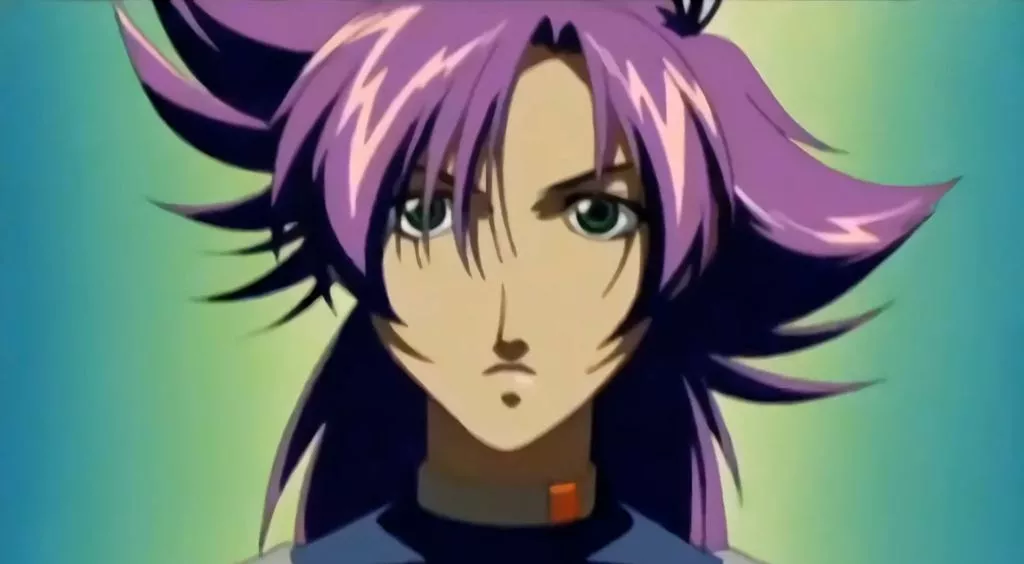
Although Bungie is generating excitement by reviving the Marathon franchise, it’s worth noting that the company has an even more obscure property pre-Halo: Oni.
Oni is a game that pays homage to anime properties like Ghost in the Shell in every aspect, including its story and art style. Diverging from Bungie’s usual focus on first-person gameplay, Oni combines third-person shooting and melee combat, fully embracing its anime influences.
Upon its release, Oni garnered significant attention for its stunning anime aesthetics. However, the game has not aged well over time. It proves to be an unforgiving experience, characterized by unfairness and repetitiveness. Nevertheless, many gamers, whether they have played Oni or not, would likely appreciate seeing Bungie remaster or remake this unique title.
Disaster: Day of Crisis (Monolith Soft)
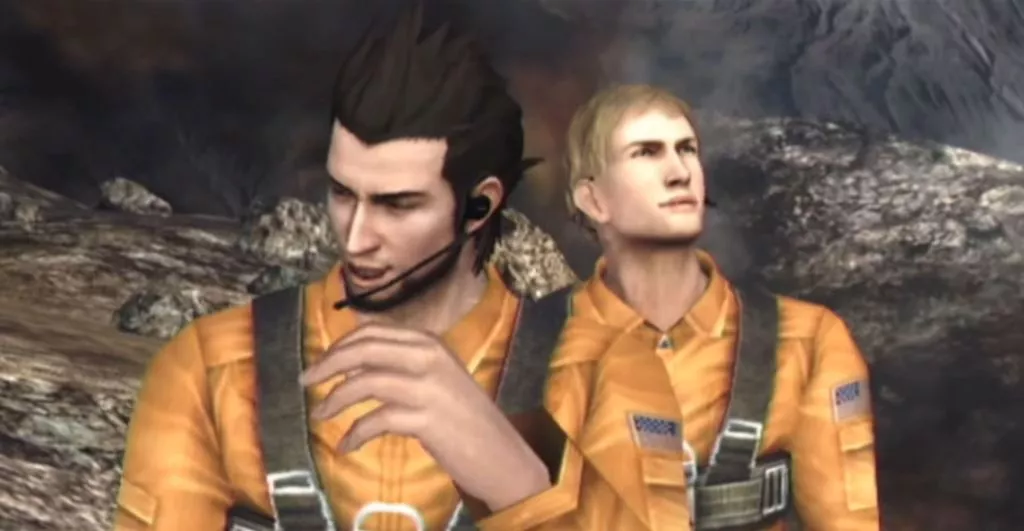
Initially, Monolith Soft operated as a third-party developer under Namco (later Bandai Namco). However, in 2007, Nintendo acquired Monolith Soft, a move that eventually led to the creation of the renowned Xenoblade Chronicles series. Yet, Monolith Soft’s first title under Nintendo’s ownership remained relatively obscure.
In Disaster Day of Crisis, players assume the role of Raymond Bryce. Throughout the game, players must guide Bryce to safety amidst a relentless onslaught of national disasters while also rescuing civilians and engaging in intense combat against terrorists. Disaster Day of Crisis combines traditional gameplay mechanics, such as platforming and first-person shooting, with unique ideas like the need to clear Bryce’s lungs to maintain stamina.
Unfortunately, Disaster Day of Crisis faced numerous challenges that held it back. The development team’s inexperience with action-oriented titles and multiple production delays hindered the game’s overall quality. Additionally, the title had a limited release, being available only in Japan, Europe, and Australia. While Nintendo initially intended to launch the game in the United States, they ultimately changed their plans due to lackluster sales and underwhelming reviews.
Tech Romancer (Capcom)
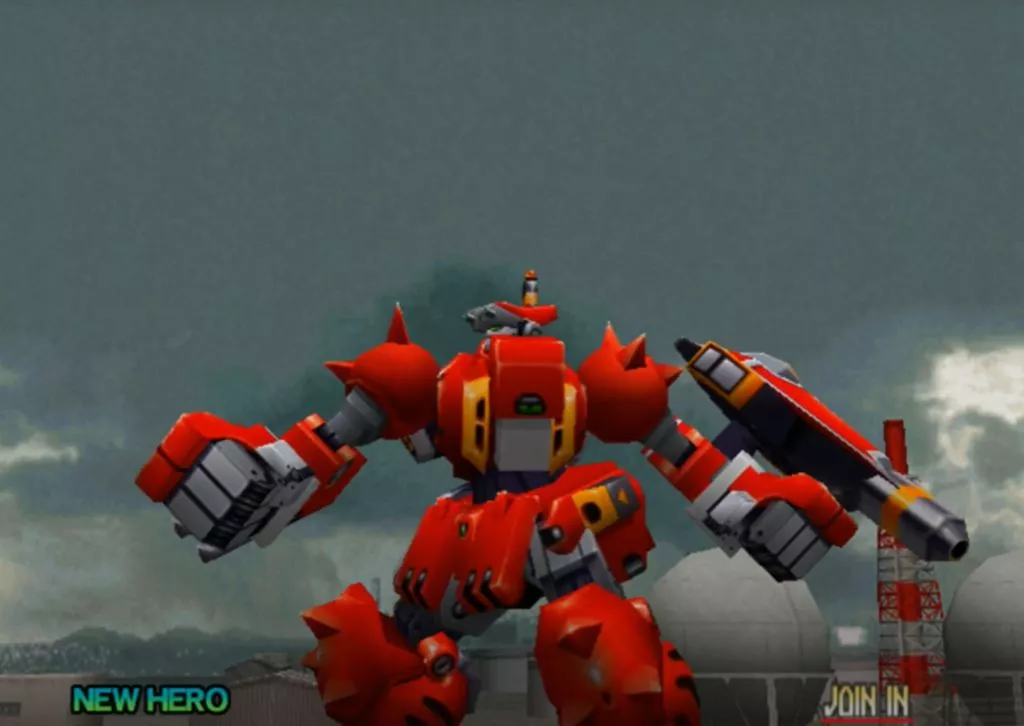
While Capcom is widely renowned for its prolific and beloved video game offerings, the mention of the studio often evokes thoughts of “fighting games.” Undoubtedly, Street Fighter stands as the crown jewel in Capcom’s fighting game repertoire, accompanied by exceptional franchises like Darkstalkers, Power Stone, and Marvel vs. Capcom. However, not every Capcom fighting game has enjoyed the same widespread acclaim.
Despite its name suggesting a dating sim involving robots, Tech Romancer is, in fact, an arcade fighting title that was later ported to the Sega Dreamcast. True to tradition, Tech Romancer revolves around intense combat, with two fighters entering the ring and utilizing punches, combos, and special moves to overcome their opponents. At first glance, it may appear quite standard.
However, Tech Romancer truly shines due to its captivating aesthetics. The game serves as a heartfelt tribute to the Mecha anime of its time. Each fighter pays homage to iconic giant Japanese robots like Gundam, Mazinger, and Getter Robo, while the game’s soundtrack and plot exude a distinct anime ambiance. With all these appealing elements, it’s somewhat surprising that Tech Romancer faded into relative obscurity so swiftly. However, the same fate befell many titles on the Dreamcast platform, leaving some hidden gems to be discovered by dedicated fans.
